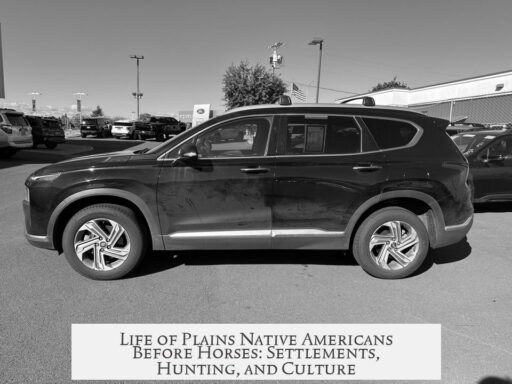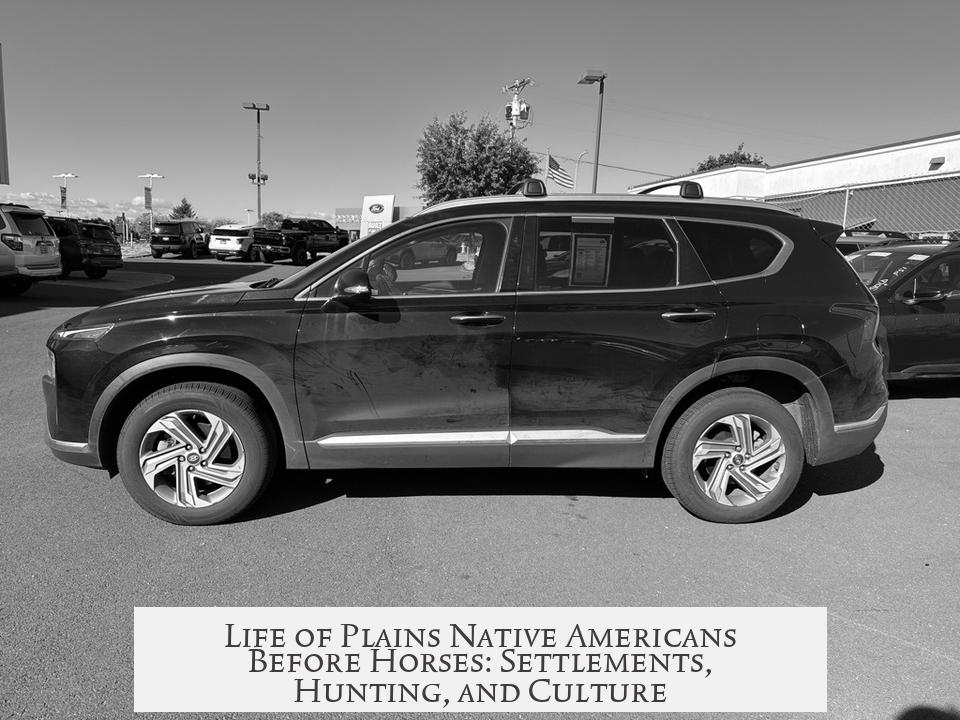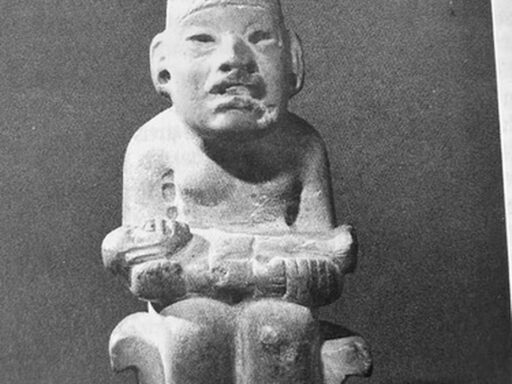The Plains Native Americans lived a settled and semi-nomadic life before horses arrived in North America, relying on farming, trade, and hunting methods adapted to their environment. They used dogs for transport and developed sophisticated hunting strategies to manage bison herds without horseback riding.

Several tribes inhabited the Great Plains before European contact. In the northern plains, the Mandan, Hidatsa, and Arikara lived in earth lodges, practiced farming, and engaged in trade. They used bull boats for river travel. Further south, tribes such as the Pawnee, Wichita, Tonkawa, and Caddo lived in permanent villages, often residing in grass houses. In regions like Oklahoma-Texas and Kansas, some groups lived in semi-subterranean stone-lined pit-houses, showing cultural ties to Southwestern peoples, including Ancestral Pueblo communities.
Mobility before horses centered on dogs, which served as the main beasts of burden during travel. Although many tribes had nomadic patterns, their movements were generally limited to seasonal transitions within defined territories. These movements closely followed bison migrations, allowing the tribes to hunt efficiently and sustainably.

Without horses, Plains Native Americans used several strategies to hunt bison. They targeted weaker or isolated individuals rather than chasing entire herds. Large-scale hunting employed techniques like fencing and traps, similar to methods used by other hunter-gatherer cultures globally. A famous example is the Head-Smashed-In Buffalo Jump, where hunters drove bison herds off cliffs, capitalizing on terrain to capture massive numbers.
The arrival of horses transformed these practices by enhancing mobility and expanding hunting and travel ranges. However, before this, dog-powered transport combined with stable village life and intelligent hunting methods provided a sustainable and effective lifestyle.
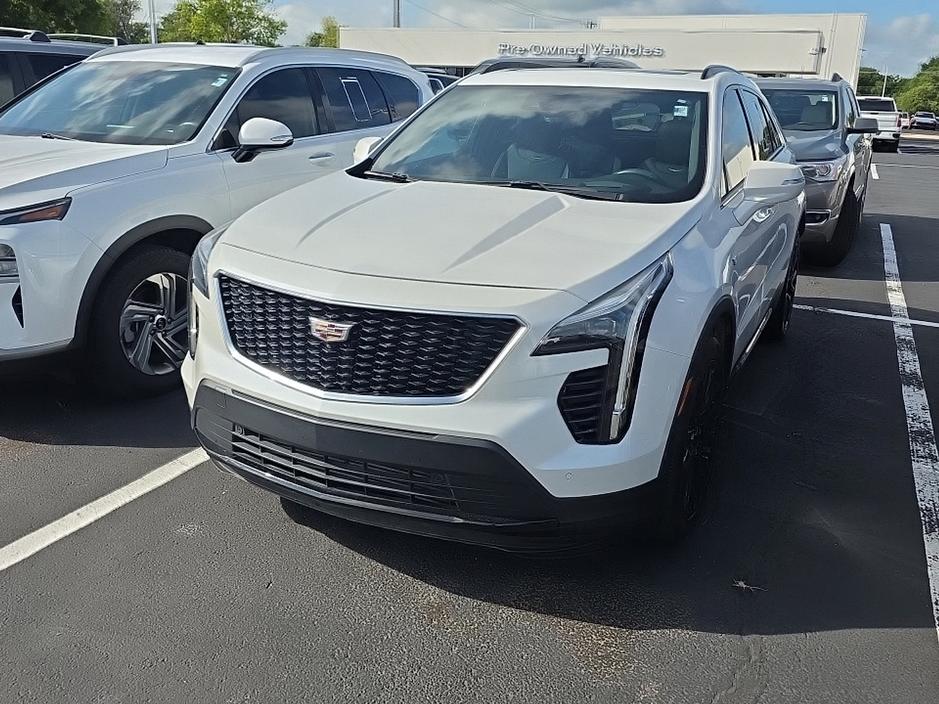
- Pre-horse Plains tribes included Mandan, Hidatsa, Arikara, Pawnee, Wichita, Tonkawa, and Caddo.
- Housing ranged from earth lodges to grass houses and pit-houses, depending on the region.
- Dogs served as key working animals for transport.
- Nomadic movements followed bison migratory patterns within set territories.
- Bison hunting relied on selective targeting and large-scale drives using natural landscape features.
- Horses later increased mobility and expanded territorial ranges significantly.
How Did the Plains Native Americans Live Before the Arrival of Horses in North America?
Before horses regaled the Great Plains with their thunderous hooves, the Plains Native Americans lived a way of life grounded in clever adaptation, resilience, and community resourcefulness. They crafted homes, hunted bison, and moved seasonally—but all without the horsepower we often associate with their later history.

Curious about how they managed such a challenging landscape without what is now considered an obvious advantage? Let’s dive into this fascinating world of pre-horse Plains life.
Settlements and Living Arrangements of Original Plains Tribes
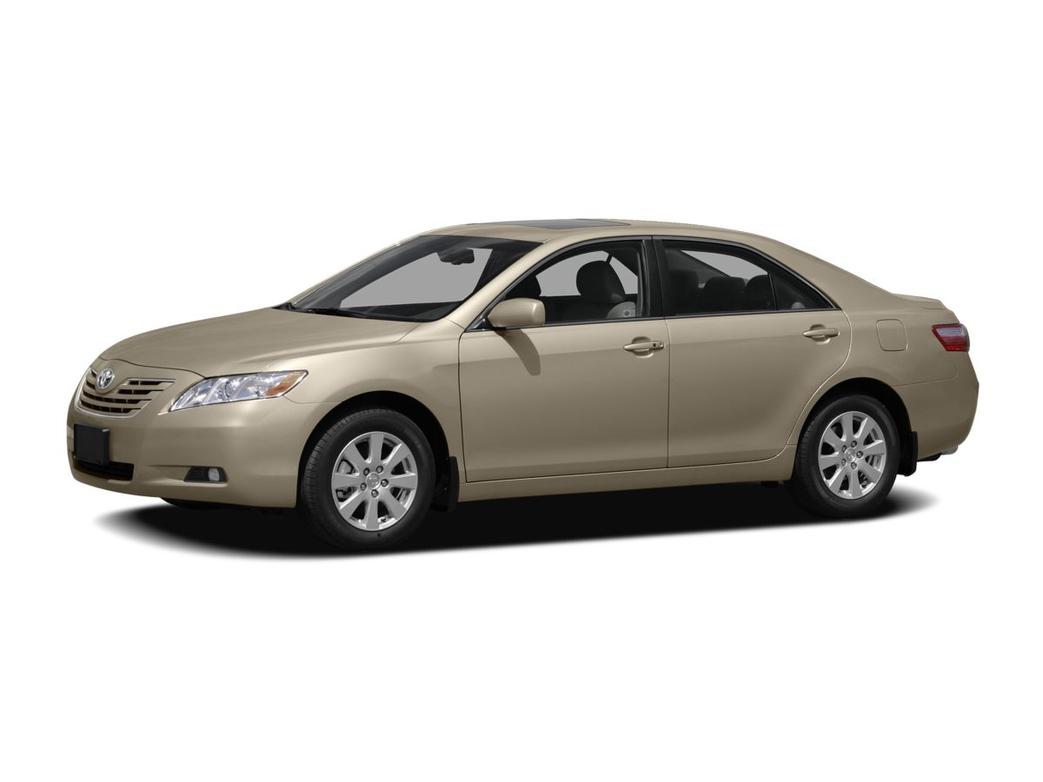
Before horses pranced onto the scene around the 17th century, tribes like the Mandan, Hidatsa, and Arikara dominated the Northern Plains. These groups built earth lodges, which were sturdy, semi-subterranean dwellings crafted from wood and earth. Think of these as cozy underground bunkers that kept them warm in winter and cool in summer.
These tribes weren’t just stationary farmers; they actively cultivated crops and engaged in vibrant trade networks. Navigating the rivers was achieved with ingenious bull boats—lightweight, circular crafts made from bison hides stretched over willow frames. They were lightweight and surprisingly effective for river water travel.
Down south, the Plains Plains tribes such as Pawnee, Wichita, Tonkawa, and Caddo leaned into more permanent settlements. Their grass houses provided strong roofs made from abundant prairie grasses. These permanent homes hint at a more agriculture-centered lifestyle in contrast to their nomadic neighbors.
Interestingly, in regions like the Oklahoma-Texas panhandle and Kansas, some tribes built semi-subterranean stone-lined pit-houses, blending cultural traits with Southwestern tribes and even reflecting influences from the ancient Ancestral Pueblo ‘Basketmaker’ culture residing in Texas.
Moving Around Without Horses: Dogs Were the Original Four-Legged Helpers
Before horses galloped onto the scene, dogs played a significant role. These were working animals, pulling travois—sled-like carriers made from wood and animal hide—helping transport belongings during seasonal moves. So, rather than hitch horses to their carts, they harnessed the power of their trusty dogs.
But did these tribes move often? Despite a common image of constant wandering, the Plains tribes had established territories. They moved seasonally, following bison herds that themselves followed a predictable migration pattern across the grasslands. So, the communities transitioned within a known home range instead of wildly roaming thousands of kilometers every year.
How on Earth Did They Hunt Bison Without Horses?
Right, the million-dollar question: how did they catch bison without the speed and endurance of a horse? The short answer: they hunted like many groups around the world with no horses—by strategy, skill, and teamwork.
Bison herds are clever. They protect the majority by keeping track of each other, but they don’t guard every single animal equally. Taking down just a few stragglers makes the task manageable without an exhausting chase on foot.
More spectacular were the communal hunting strategies. The most famous is the Head-Smashed-In Buffalo Jump in Alberta. Here, Plains people constructed long fencing “funnels” to guide huge bison herds toward a cliff’s edge. The animals would be driven over, making it easier and safer to harvest meat, hides, and bones. This method was ingenious and required careful coordination—kind of like nature’s own buffalo conveyor belt. The name may sound gruesome, but it’s a testament to native innovation.
Impact of Horses: Changing Ways, Expanding Ranges
Once horses arrived, Life on the Plains got a turbo boost in comparison. But before that, dogs were more than capable of meeting the tribes’ needs.
The horse added one major perk: enhanced mobility. Suddenly, tribes could chase bison herds over much larger territories. This expanded range had downstream effects—tribes encountered each other more, often clashing or merging. It reshaped the cultural and political landscape in powerful ways.
Before horses, life on the Plains required patience, ingenuity, and deep knowledge of the land and animals. These peoples mastered a rhythm of life attuned to seasonal wildlife movement and sustainable living—a far cry from the romanticized, horse-charged image we may hold today.
Why Does This Matter Today?
Understanding how the Plains Native Americans lived before horses invites us to rethink assumptions about technology and progress. They thrived through careful planning, smart use of available resources, and a community spirit.
Could we learn a thing or two from their efficient hunting methods and ecological harmony? Maybe, especially as we face modern sustainability challenges.
Parting Thought
So next time you hear tales of horse-mounted warriors galloping across the Great Plains, remember: an equally bold and clever story came before. It’s a tale of earth lodges, dog-powered travois, and bison jumps—a story of adapting to landscape with patience and subtle power.
They didn’t need horses to live full, complex lives. But when horses came, they transformed their world forever, riding into a new chapter of Plains history.
